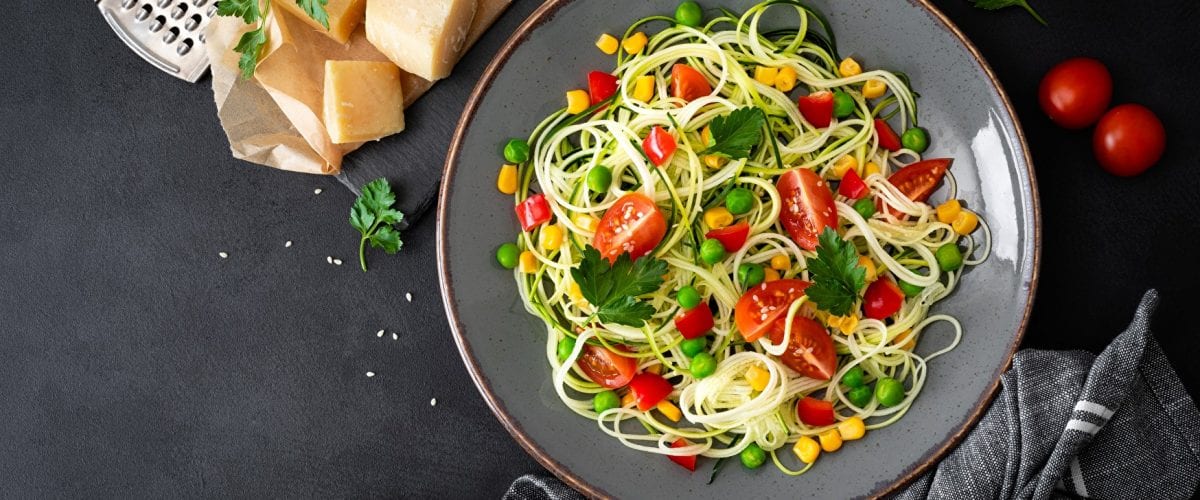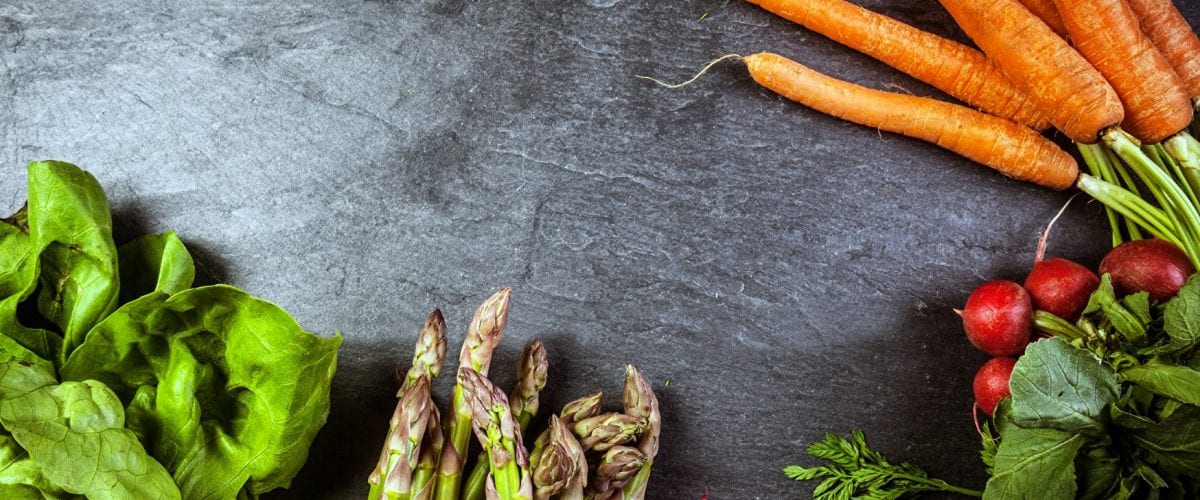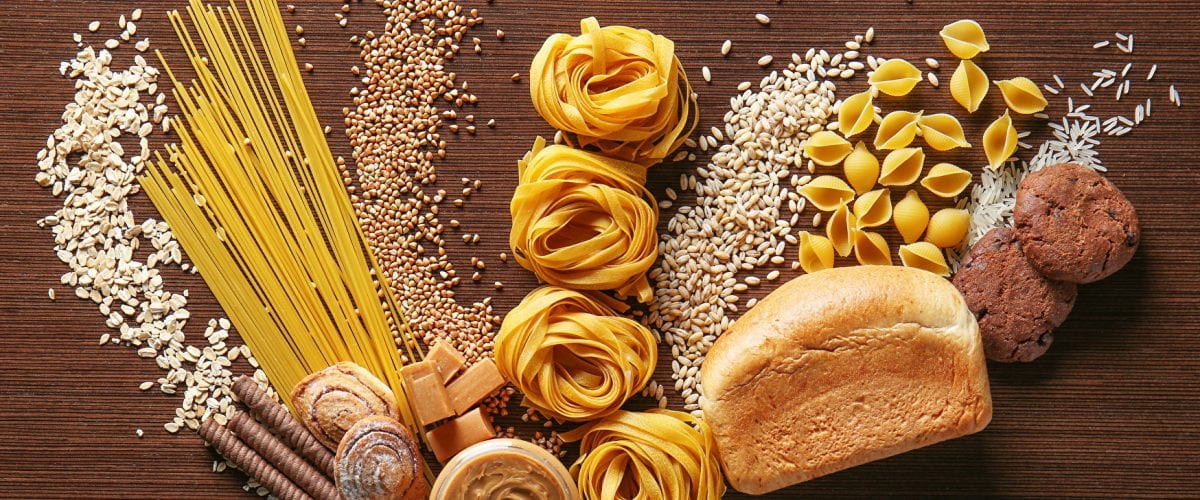A noticeable increase in performance and improved concentration are the positives associated with carbohydrates – those efficient suppliers of energy for us humans. So, what’s the truth behind them?

“Carbs make you fat.” You must have come across this myth before. But what’s really behind it? We’ll explain how to tell “good” and “bad” carbohydrates apart. We’ll also give you some tips on foods containing carbohydrates which are beneficial to your health.
Carbohydrates provide the body with energy, just like the other macro-nutrients of protein and fat. One gram of carbohydrate contains four kilocalories, the same as one gram of protein. One gram of fat, on the other hand, contains nine kilocalories. All macro-nutrients help our bodies to function, and to be fit and focused. If we supply our bodies with too many nutrients that are not used, we become – to put it bluntly – fat. It really doesn’t matter whether these nutrients originate from carbohydrates, fat or protein. However, energy can be used more efficiently from carbohydrates and fat than from protein. So, essentially, we’ve already disproved the myth that carbohydrates make you fat. But let’s take a closer look at the complex issue of the human metabolism.
Why carbohydrates are important for our bodies?
Carbohydrates are divided into monosaccharides, disaccharides and polysaccharides. For our brain to function we need a specific monosaccharide: glucose. Glucose is also referred to as dextrose. Disaccharides and polysaccharides must first be broken down in order for them to be available to the body as glucose. Let’s take the example of the carbohydrate starch. Starch consists of a chain of many glucose molecules which are joined together and which are separated from one another by enzymes during digestion.
Other carbohydrates however make life even harder for our bodies. Fibre also belongs to the carbohydrates. This is a polysaccharide comprising many simple sugars chained together. These are considered indigestible, as they cannot be broken down by the body’s own enzymes. As a result of this however they also provide many health promoting properties. For example, they make us feel much fuller for longer.

The main thing is energy!
However, it is not just our brain that needs energy to function. Our muscles also need “feeding”. For this, the body mainly uses the energy stored in fats and carbohydrates. Here it is important to know that our bodies can only store carbohydrates to a limited extent. Apart from the carbohydrates being transported in our blood (so-called blood sugar), we can only store limited amounts of carbohydrates in our glycogen stocks. If we do intensive sports, e.g. run a marathon, this store is emptied after just one or two hours, except for an emergency reserve. Our muscles then primarily use fats as an energy source.
Conversely, this means the following. If we consume a lot of carbohydrates, then at some point our body can no longer store this supply because our stocks are full. What happens then? The carbohydrates supplied are converted into fat. In this sense, carbohydrates can make you fat. However, if you ingest more fat than your body needs, you will also store this excess in fat cells, which can ultimately lead to being overweight.

Bread, pasta and similar foods – good or bad carbohydrates?
We have dealt with what our bodies do with the different energy sources. But how does this relate to the food in our diets?
Have you heard of the food pyramid? This recommends the proportions in which certain foods should be consumed in order to eat healthily. The bottom layer contains vegetables and fruit which you can feast on without any worries. This is followed by vegetable and animal proteins and fats. At the top are foods that consist mainly of simple carbohydrates, such as gummy bears or soft drinks.
Not all carbohydrates are bad. You should be paying more attention to what kind of carbohydrates you eat instead. As far as possible, for example, try to avoid products made from type 405 wheat flour. In the case of flour, the number describes the degree of milling of the wheat grains. Popular wheat flour products such as rolls and pastries contain a high proportion of simple carbohydrates but only a small amount of fibre. You should therefore replace wheat flour with wholemeal flour. The benefit of whole grain products is that they make us feel fuller for longer, as they contain lots of nutritious dietary fiber. You also consume more vitamins and minerals by eating whole grain products. We also recommend eating whole grain rice instead of white rice. The same arguments apply here as for wholemeal flour. This is because whole grain rice has been processed less and therefore contains many additional micronutrients such as potassium, calcium and magnesium.
What to do if you have a craving?
We’ve all experienced that craving for a piece of chocolate. In 100 g of milk chocolate there are about 55 g of carbohydrates, in other words 55 g sugar. Try eating protein-rich foods instead. These include quark, eggs, cheese and pulses. The benefit of this is that the protein is not converted into fat. The body also needs protein to build muscles. Taste stimuli which are particularly strong can also satisfy ravenous hunger pangs. An example of this is a glass of water with freshly squeezed lemon – give it a try.
As is so often the case, the dose makes the poison. With enough physical activity and a balanced diet, you can happily also eat potatoes with your Sunday roast or treat yourself to a piece of chocolate for dessert.
How much carbohydrate should I consume each day?
The German Society for Nutrition (DGE) provides guideline amounts for the daily intake of carbohydrates of 230 g for women and 300 g for men. To get this amount of carbohydrate you can eat, for example, three slices of wholemeal bread (150 g), 50 g of fruit muesli, 200 g of potatoes and 300 g each of fruit and vegetables per day. These values only apply to a sedentary occupation with little strenuous exercise during leisure time. Your carbohydrate requirements therefore depend on the level of daily exercise. The DGE makes it very clear that the intake of carbohydrates should be from whole grain products.

What else can fill us up?
We have already mentioned fruit and vegetables. You can eat almost as much of these as you like. Pulses are also considered to be real powerhouses. Beans, lentils, peas and chickpeas have a protein content of up to 23 grams. You can eat the pulses cooked as a side dish or, for example, buy pasta made from lentils.
Have you heard of “zoodles”? This is spaghetti you can make yourself from carrots, courgette, radish or cucumber. All you need is a spiralizer. You can eat the zoodles with tomato sauce or as a side dish with meat and fish. There are also a variety of other alternatives to grains that you can use to spice up your food. For example, instead of a serving of rice, you can use quinoa. Amaranth, buckwheat and chia seeds are also suitable. These are rich in fibre, protein, vitamins and minerals.